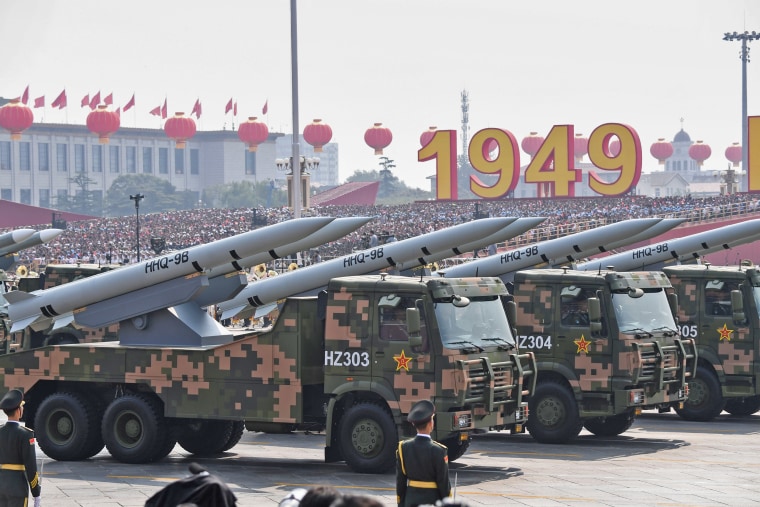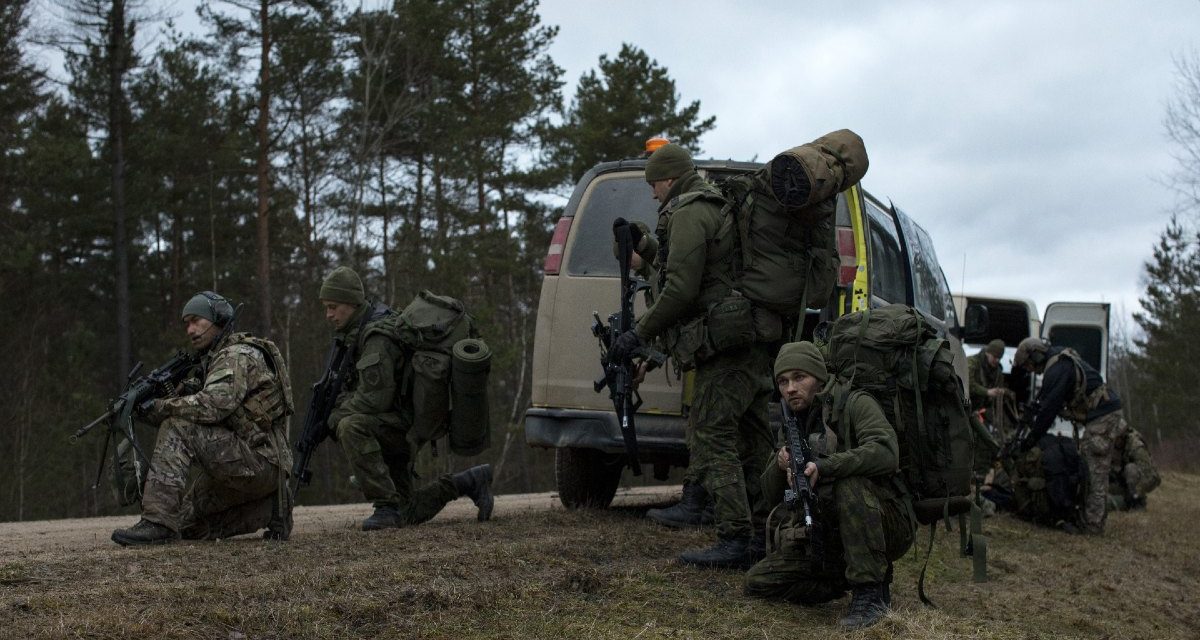By: Sudha Ramachandran
In December 2020, Iranian Foreign Minister Mohammed Javad Zarif offered the Afghan government use of the Iranian-backed Shia militia, Fatemiyoun Brigade, to fight Islamic State Khorasan Province (IS-K) in Afghanistan. In an interview with the Afghan English daily, Tolo News, Zarif described the Fatemiyoun fighters as “the best forces” to fight Islamic State and said that Iran is “prepared to help the Afghan government regroup these forces under the leadership of the Afghan National Army in the fight against terrorism.” Zarif added that Iran was “supporting” the Fatemiyoun in Syria, but it was Syrian President Bashar al-Assad who “was making [operational] decisions and implementing them.” Likewise, in Afghanistan, Iran is “prepared to support” the Fatemiyoun “under the leadership of the Afghan government,” Zarif said (Tolo News, December 21, 2020).
Iran’s Fatemiyoun Foot Soldiers
According to noted Afghan journalist Sami Yousafzai, Fatemiyoun is “already very active in Afghanistan and its influence is expanding in Shiite areas.” [1] This has serious implications for the conflict in Afghanistan as it will generate a new sectarian dimension. That could become a major threat not just to Afghanistan’s security but also to the region, and could deepen the involvement of regional Sunni and Shia countries and militias.
Recruited, armed, and trained by the Iranian Revolutionary Guard Corps (IRGC), Fatemiyoun Brigade has been deployed to Syria since 2013 and has fought alongside al-Assad’s forces, first against U.S.-backed Syrian opposition militias and subsequently Islamic State. Fatemiyoun fighters are mainly Afghan Shia Hazaras. While some of them came from Afghanistan to fight in Syria, the majority were recruited from the large Afghan migrant and refugee population in Iran. At the peak of the Syrian civil war, Fatemiyoun fighters comprised around 20,000 individuals. The group is said to have fielded an estimated 50,000 fighters in its ranks over the roughly decade-long Syrian conflict (Tolo News, February 7).








